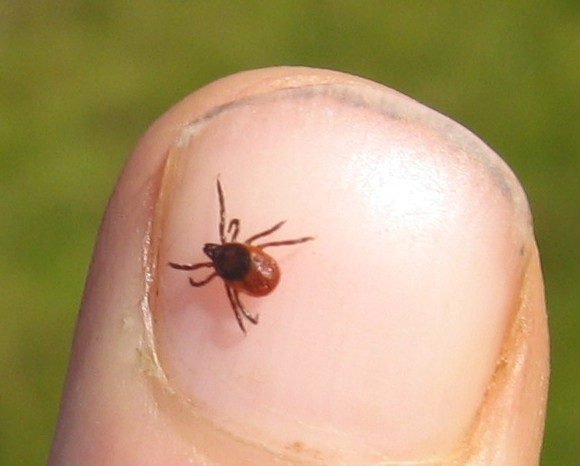middle section cat 2 Which antibiotics help with Lyme disease?
Because Lyme disease is a bacterial infection, the disease is treated with antibiotics. According to the CBO guidelines, a thirty-day course of antibiotics should be sufficient to kill the Lyme bacteria in the body, but in most cases a shorter course is also sufficient to cure. However, this does depend on the stage of the bacterial infection. The sooner Lyme disease is recognized, the better and faster the patient can be cured.
After Lyme disease is diagnosed, treatment with the antibiotic doxycycline is usually chosen, 100 mg twice daily for a period of ten days. In some cases, treatment with amoxicillin is chosen. This antibiotic treatment is especially recommended for children under nine years old.
The problem with Lyme disease is that antibiotic treatment does not always help. Antibiotics often do help when the Lyme infection is still in its early stages, but if Lyme disease is recognized at a late stage, treatment with antibiotics is less effective. Sometimes it is even the case that the antibiotic has a negative effect on the body, which causes patients to suffer even more. For this reason, an alternative to antibiotic treatment is being sought. A lot of research is being done, but as yet no alternatives are offered.

